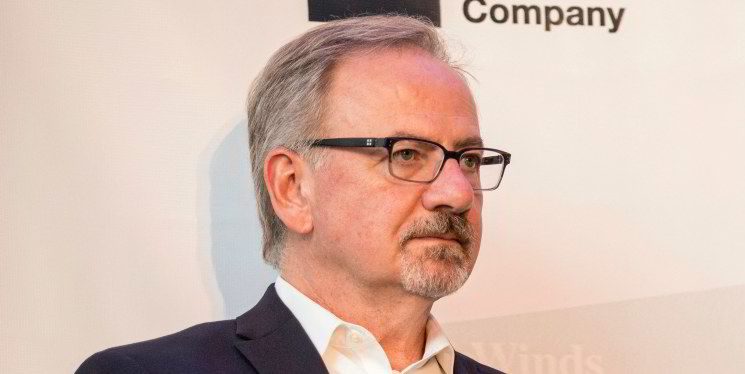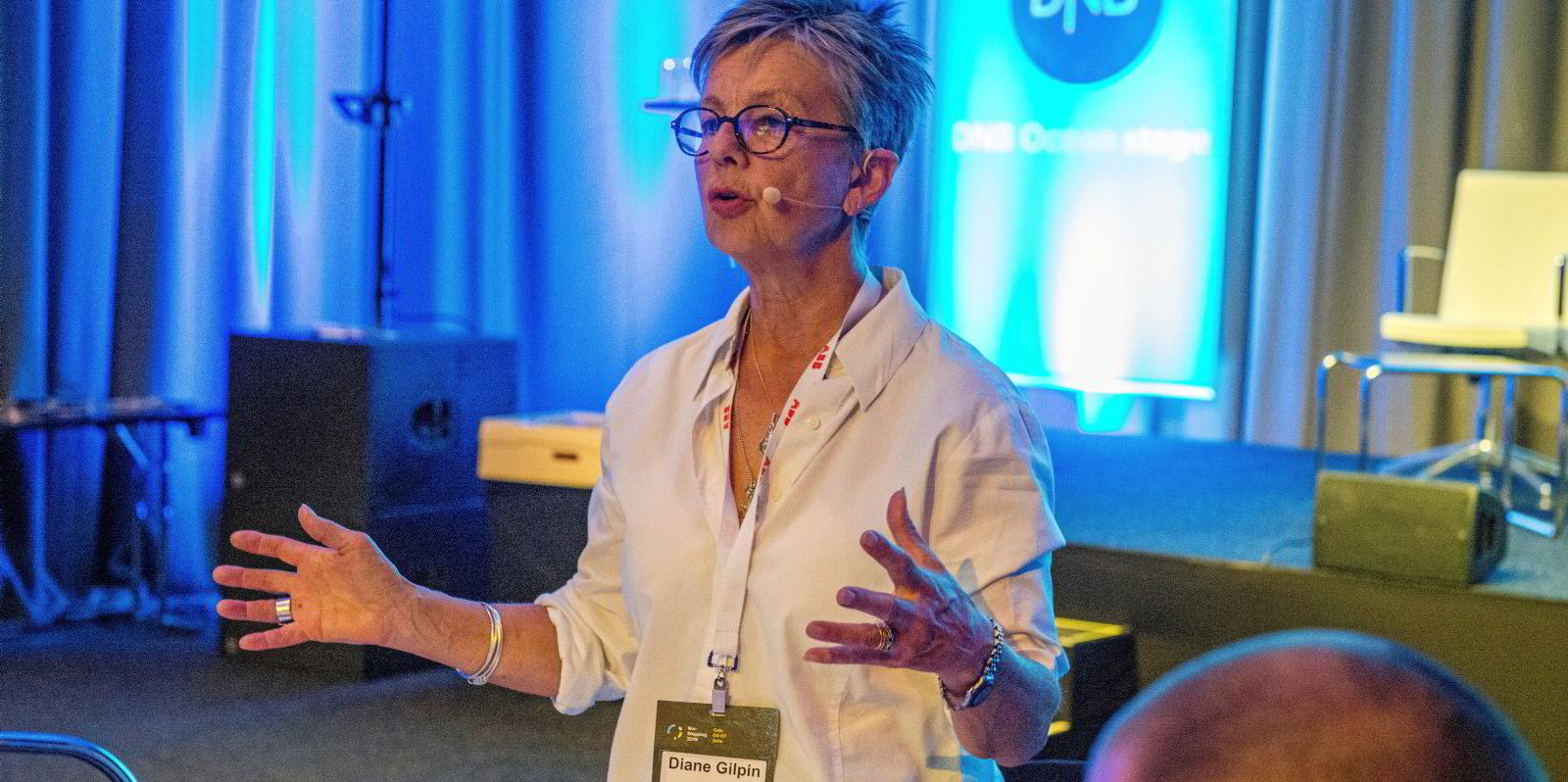A backlog of pending rulings has left a minefield of unresolved questions for vessel operators in the Jones Act wind farm market, a maritime lawyer has said.
That is even after legislative action signed into law earlier this year answered the overarching question as to whether the Jones Act applied to wind farm support and construction vessels in US waters.
The law requires US-built, American-controlled vessels to carry passengers and goods between two points. But the industry is now waiting for US Customs & Border Protection to make rulings on the details.
"Do you have an hour?" said Charlie Papavizas, a maritime lawyer with Winston & Strawn, when asked about what questions remain unanswered. "There are lots of issues that are unresolved."
He told the TradeWinds Jones Act Offshore Wind Vessel Forum that the questions include issues involving carrying personnel by wind turbine installation vessels (WTIVs), as well as burial of cable at sea, depending whether or not it involves dredging.
"Customs & Border Protection has been pretty vague and inconsistent in the past. At the moment, there's a logjam on rulings," he said, noting that the few decisions the agency has made have been helpful.
He noted that for foreign-flag vessels working in US waters, there are a number of issues that come into play even when the Jones Act is not involved, including taxes and immigration.
Foreign-flag WTIVs that can operate in US waters will require feeder vessels to carry goods from a US port to the turbine installation site.
Amid efforts to look at whether to order potential feeder vessel newbuildings, that also raises the technical complexity in the ocean conditions of the Atlantic.
"There are a lot of designers that are looking at those options and proposing those options, and it's not as simple as you would think — transporting from A to B," said Robert Galinski, the offshore wind director in the US for classification society DNV.
To make those newbuildings viable, there needs to be a way to keep down costs.
"Right now, we still have some way to go to achieve that," he said, although he noted that designers are working toward that goal.





